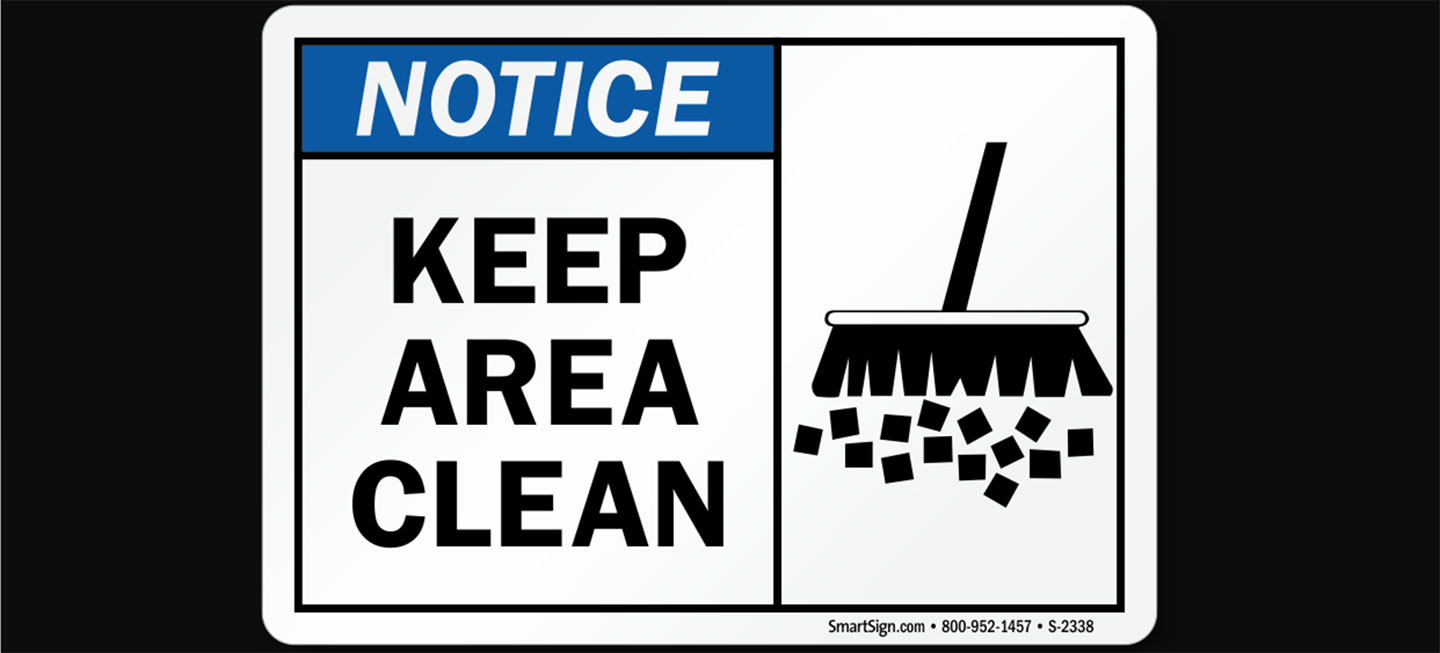Cherrie Moraga, Loving in the War Years: Lo que nunca pasó por sus labios (South End Press, 1983).
See Harry Fortuna, “Seeking Eternal Life, Silicon Valley Is Solving for Death,” Quartz, November 8, 2017 →; Adam Gabbat,” Is Silicon Valley’s Quest for Immortality a Fate Worse than Death?” The Guardian, February 23, 2019 →; Joanna Zylinska, The End of Man: A Feminist Counterapocalypse (University of Minnesota Press, 2018).
I acknowledge that men of color are doing the dirty job of cleaning as well—digital waste, ships, nuclear facilities, factories, warehouses—but women of color are the backbone of this work.
Michael McIntyre and Heidi J. Nast, “Bio(necro)polis: Marx, Surplus Populations, and the Spatial Dialectics of Reproduction and ‘Race,’” Antipode 43, no. 5 (2011): 1464–88.
McIntyre and Nast, “Bio(necro)polis,” 1468.
McIntyre and Nast, “Bio(necro)polis,” 1471.
See the inspiring struggle of home care workers in New York City →. See also the struggle of “anganwadi” workers in India (an anganwadi is a rural child care center). They perform essential cleaning/caring but are not paid wages, only an “honorarium”: “At the anganwadis, children are served meals and taught songs, the alphabet and basic hygiene. In deprived regions, these meals are a lifeline for malnourished children. Besides, they provide meals to 9 lakh pregnant and lactating women and have programs for 3–4 lakh adolescent girls … The government order states that it is necessary ‘in the public interest’ to prohibit strikes in the essential services provided by anganwadi workers, their helpers and the women who run mini-anganwadis. It points out that these workers are engaged in addressing health, nutrition, early learning and development needs of young children as well as pregnant and lactating women” →.
“Bécassine” was a name derived from the French word for a bird, but was also a way to describe someone who is easily fooled.
Quoted in Hanna Arendt, The Human Condition (University of Chicago Press, 2019), 103.
Rada Katsarova, “Repression and Resistance on the Terrain of Social Reproduction: Historical Trajectories, Contemporary Openings,” Viewpoint, October 31, 2015 →. See also Rhonda Y. Williams, The Politics of Public Housing: Black Women’s Struggles against Urban Inequality (Oxford University Press, 2005); Dayo Gore, Radicalism at the Crossroads: African American Women Activists in the Cold War (NYU Press, reprint edition, 2012); and Kimberly Springer, Living for the Revolution: Black Feminist Organizations, 1968–1980 (Duke University Press, 2005).
Claudia Jones, “To End the Neglect of the Problems of the Negro Woman” (National Women’s Commission, CPUSA, 1949, originally published in Political Affairs, June 1949); Angela Davis, “The Approaching Obsolescence of Housework: A Working-Class Perspective,” in Women, Race, and Class (Vintage Books, 1981), 230; Hazel Carby, “White Woman Listen!” in Black British Feminism: A Reader, ed. Heidi Safia Mirza (Routledge, 1997), 46; Selma James, “Wageless of the World,” in Sex, Race, and Class—The Perspective on Winning: A Selection of Writings, 1952–2011 (PM Press, 2012), 104. See also Terri Nilliasca, “Some Women’s Work: Domestic Work, Class, Race, Heteropatriarchy and the Limits of Legal Reform,” Michigan Journal of Race and Law 16, no. 2 (2001): 377–410.
See Premilla Nadasen, Household Workers Unite: The Untold Story of African-American Women Who Built a Movement (Beacon Press, 2015). The author describes the birth of the movement in the 1930s and tells the story of what Ella Baker and Marvel Cooke called “slave markets”—the street corners in New York City where African American women waited to be hired for a day of work.
See Grace Chang, Disposable Domestics: Immigrant Women Workers in the Global Economy (South End Press, 2000); Bridget Anderson, Doing the Dirty Work? The Global Politics of Domestic Labor (Zed Books, 2000); and Rhacel Salazar Parreñas, Servants of Globalization: Women, Migration and Domestic Work (Stanford University Press, 2001).
ILO, World Employment Social Outlook: Trends for Women 2018 →.
See →. The language throughout the AMB website is quintessentially corporate: “Everyone appreciates cleanliness: shining floors, fresh-smelling air, well-stocked restrooms, smudge-free windows. Besides being healthier, proper janitorial cleaning protects a facilities’ assets, enhances employee productivity, and brings customers back. Keeping up with your custodial maintenance is non-negotiable” →.
Helma Lutz, The New Maids: Transnational Women and the Care Economy (Zed Books, 2011). Quoted in Zoe Williams, “A Cleaner Conscience: The Politics of Domestic Labour,” The Guardian, March 9, 2012 →.
Fred Magdoff and Chris Williams “Capitalist Economies Create Waste, Not Social Value,” Truthout, August 17, 2017 →.
Costas Paris, “Economic Slump Sends Big Ships to Scrap Heap,” Wall Street Journal, August 14, 2016 →.
Cited in Daniel Nemser, Infrastructures of Race: Concentration and Biopolitics in Colonial Mexico (University of Texas Press, 2017), 11.
Ruth Wilson Gilmore, Golden Gulag: Prisons, Surplus, Crisis, and Opposition in Globalizing California (University of California Press, 2007), 28.
In this literature governments, national armies, private military forces, insurance companies, construction companies, investment firms, and the disciplines of engineering, sociology, and psychology share their knowledge and expertise. See for instance: The UN Office for Disaster Risk Reduction, Global Assessment Report, 2013; Faisal Arain, “Knowledge-Based Approach for Sustainable Disaster Management: Empowering Emergency Response Management Team,” Procedia Engineering, vol. 118 (2015); Bo-Young Heo, Ji Heyeon Park, and Won-Ho Heo, “Sustainable Disaster and Safety Management of Government: Integrated Disaster and Safety Budget System in Korea,” Sustainability 10, no. 11 (2018): 4267.
Sameh Wahba and Silpa Kaza, “Here’s What Everyone Should Know About Waste,” Sustainable Cities (blog), September 20, 2018 →.
Clare Colebrook, “We Have Always Been Post-Anthropocene: The Anthropocene Counter-Factual,” in Anthropocene Feminisms, ed. Richard Grusin (University of Minnesota Press, 2017), 1–20.
Kathryn Yussoff, A Billion Black Anthropocenes or None (University of Minnesota Press, 2019), xiii.
